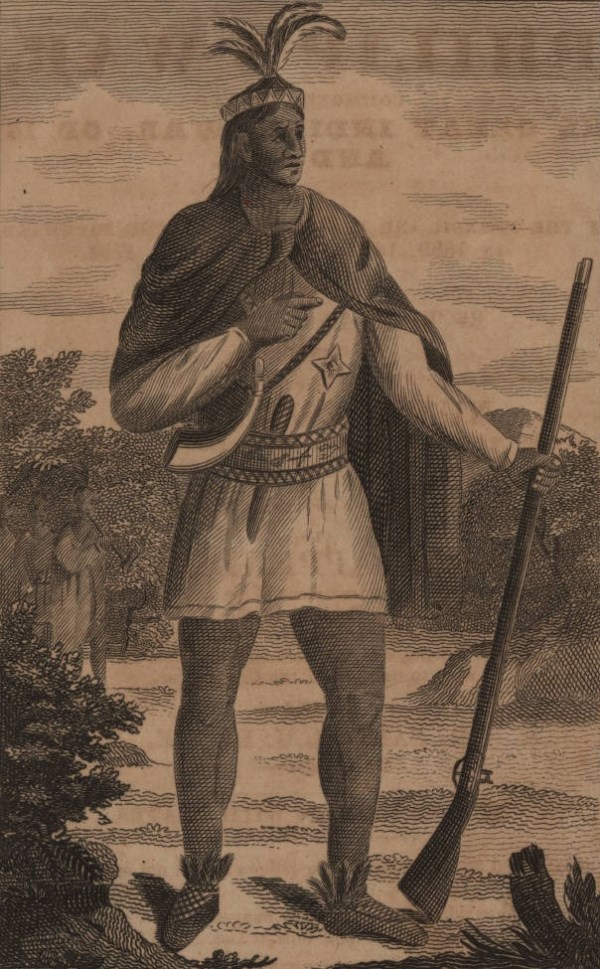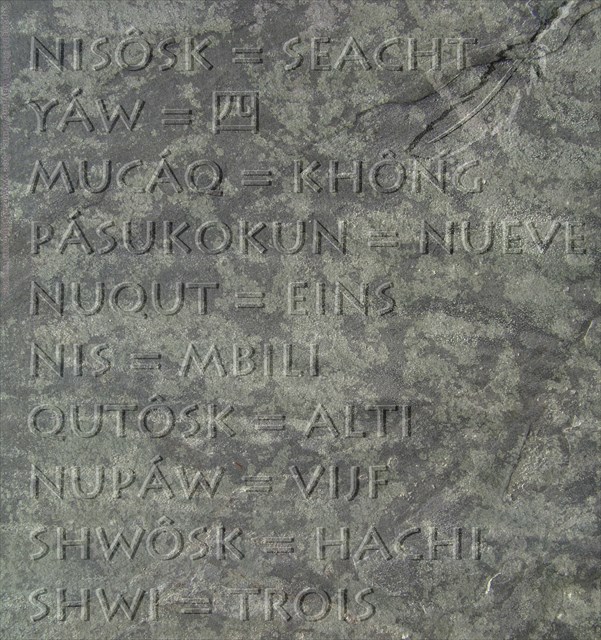
Pulpit Rock is at the end of a natural amphitheater in a glen in Lincoln Woods. Metacom(King Philip), son of Massasoit, the leader of the Wampanoag Nation, who saved the Pilgrims from certain starvation in the winter of 1620, is said to have addressed his warriors from this rock. You may be able to stand here and close your eyes and imagine Metacom addressing his people in his native Wôpanâak language.
Metacom, (born c. 1638, died August 12, 1676, Rhode Island), sachem of The Wampanoag Confederation, upset over the English colonists taking the Wamponaog land, led one of the most costly wars of resistance in New England history, known as King Philip’s War or Metacom's Rebellion (1675–76). The British colonists decisively defeated the Wompanoag, and Metacom was killed in Mount Hope. Many of the Wampanoag survivors were sold into slavery, including Metacom's widow and son. The colonists drove the rest into hiding, and forbade the use of the Massachusett language and Wampanoag tribal names. This resulted in the Wompanoag language becoming extinct more than 150 years ago. There have been no fluent speakers of the language for six generations.
That is until now. The Wôpanâak Language Reclamation Project began in 1993 under the direction of Jessie 'little doe' Baird who earned a Masters Degree in Algonquian Linguistics from MIT in 2000.
Wôpanâak was the first American Indian language to develop and use an alphabetic writing system since it was the goal of the missionaries of the 1600s to convert the Wampanoag to Christianity. The first complete bible printed in the ‘New World’ was published in 1663 in the Wampanoag language. The Wampanoag themselves would use this medium as the principal means of communication with European colonists and to record personal letters, wills, deeds, and land transfers. Jessie 'little doe' Baird was able to use these documents to develop a dictionary of over 11,000 words, and to study the Wompanaoag use of grammar. Wôpanâak is the first American Indian language to be reclaimed from extinction with no living speakers. How appropriate that Wampanoag means People of the First Light (or Dawn). There is a young girl now being raised with Wampanoag as a first language. She is the first Native speaker of the language in seven generations. This story has been recorded in the PBS documentary We Still Live Here — Âs Nutayuneân
Maybe, someday, Pulpit Rock will once again sing with the sounds of the Wôpanâak language

use the ancient stone below to solve the mystery to the final cache location.

note: the above stone is not inscribed in Wôpanâak,
I will update the puzzle when I get the translation, and that will up the difficulty a bit.
Check your solution